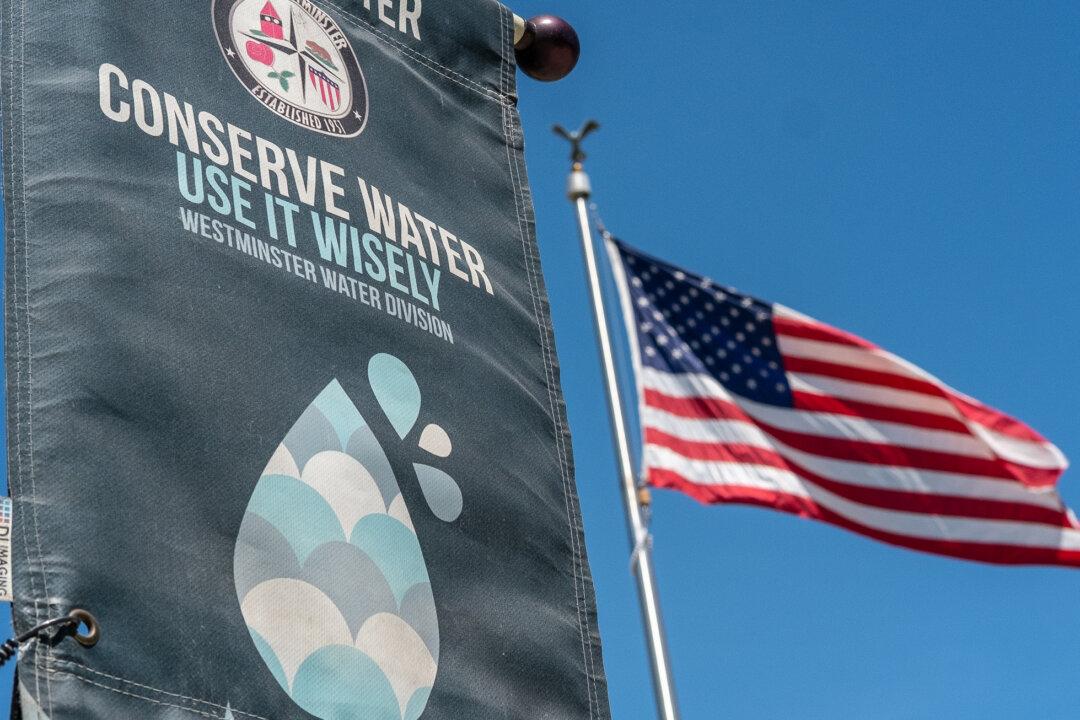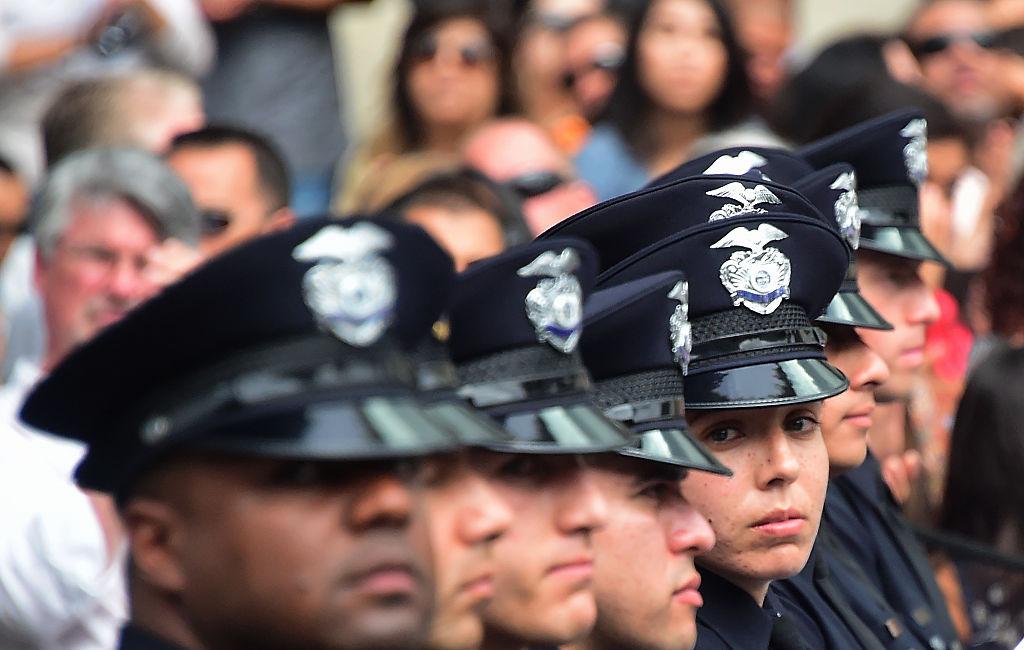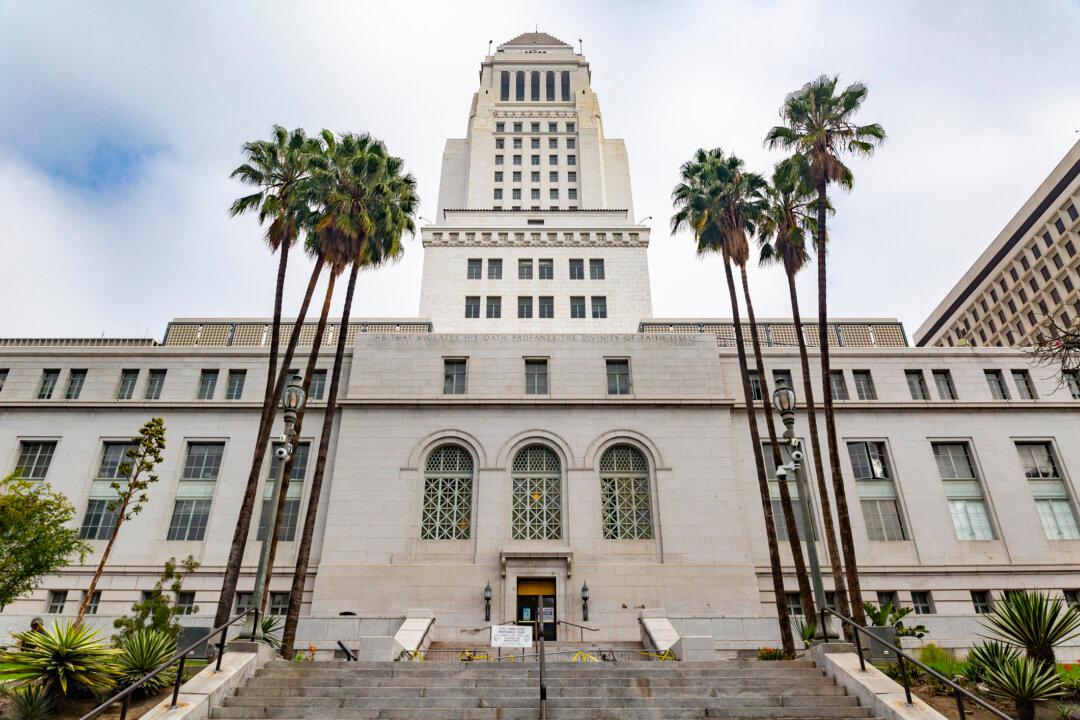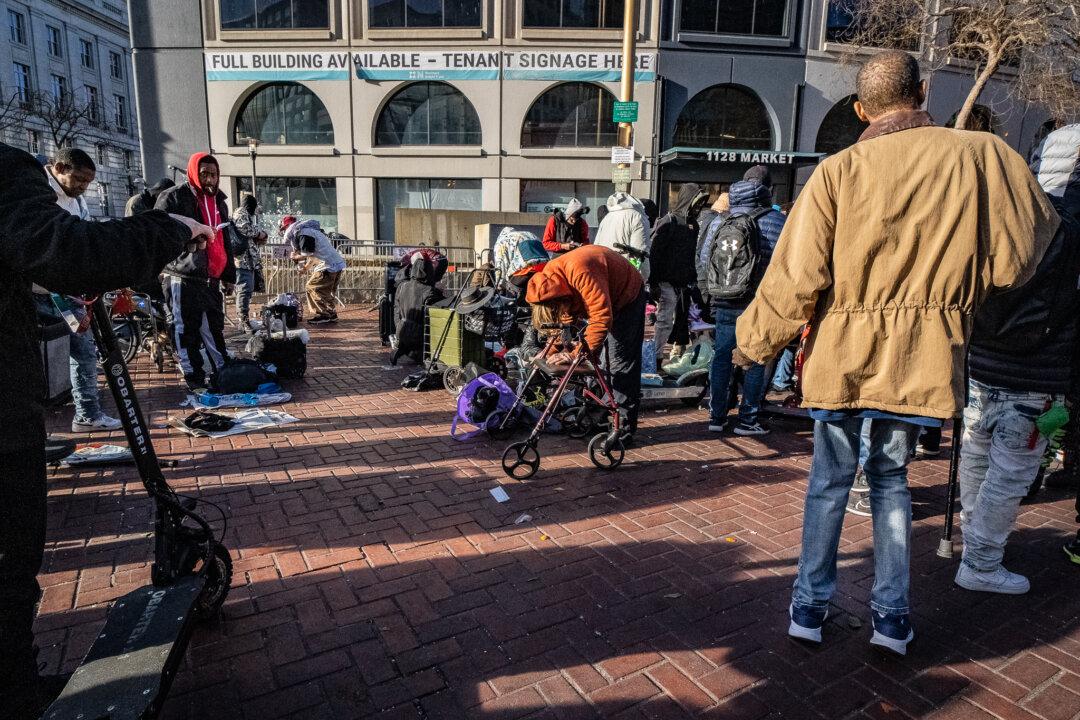SACRAMENTO—New water restrictions will soon be in place after the State Water Resources Control Board unanimously voted May 24 to ban the watering of ornamental grass in commercial, industrial, and institutional sectors.
The ban would not include “watering turf that is used for recreation or other community purposes, water used at residences or water to maintain trees,” according to the agency.





